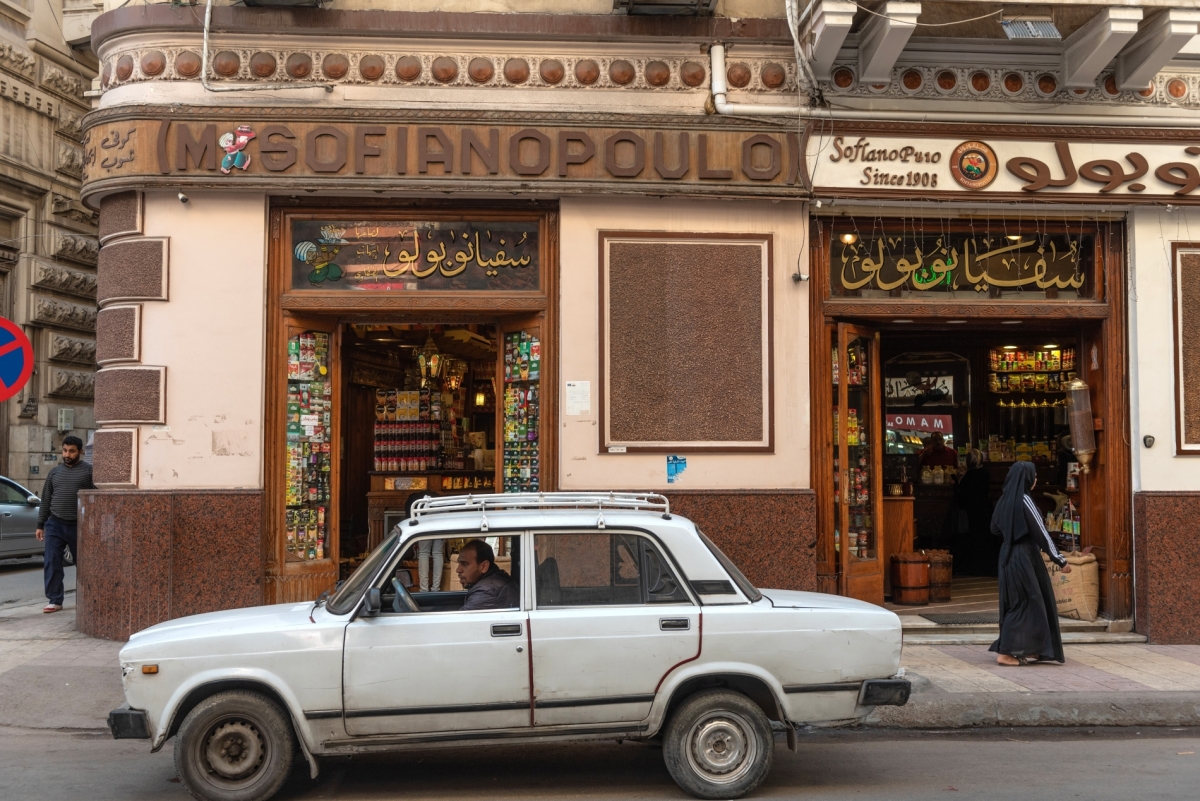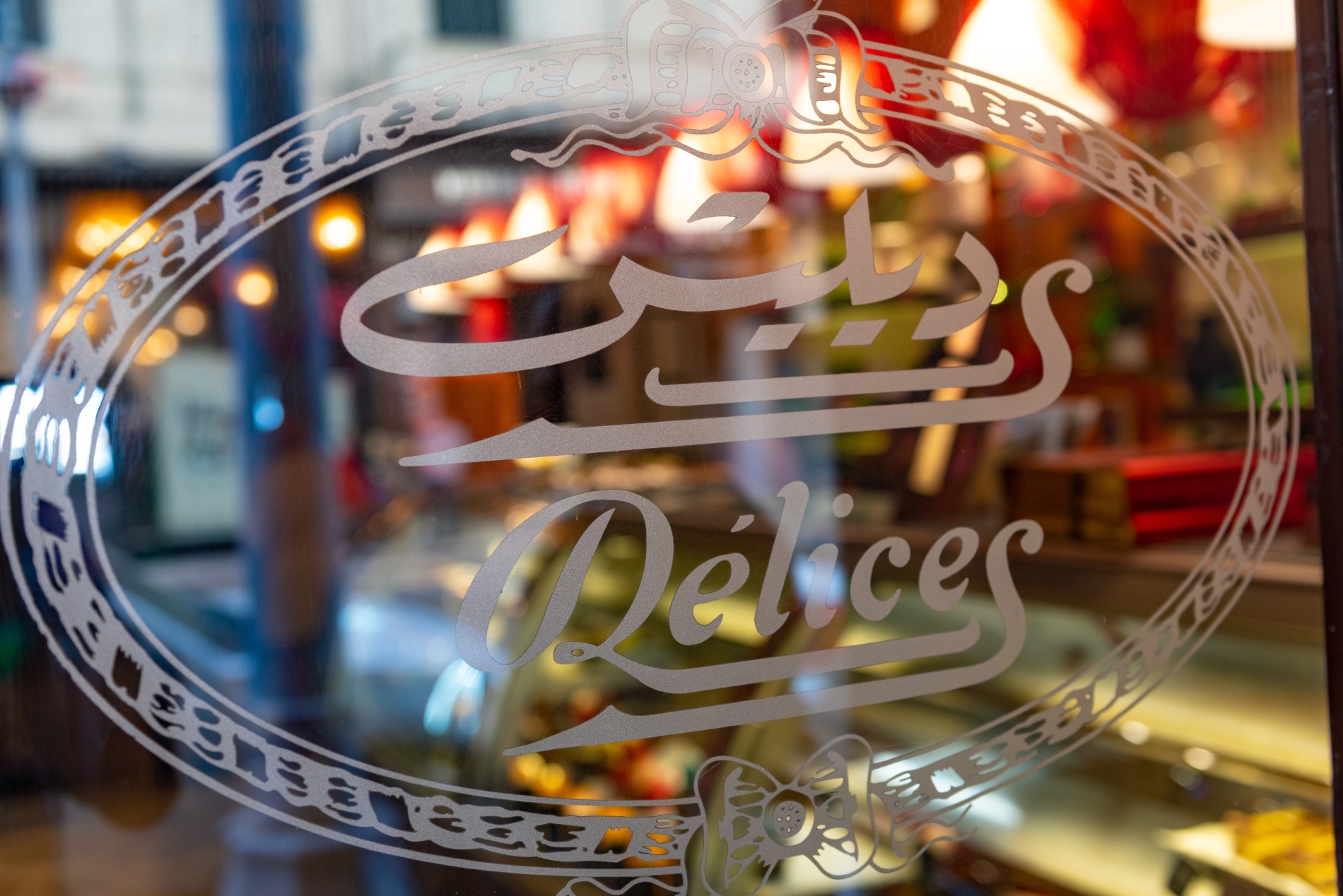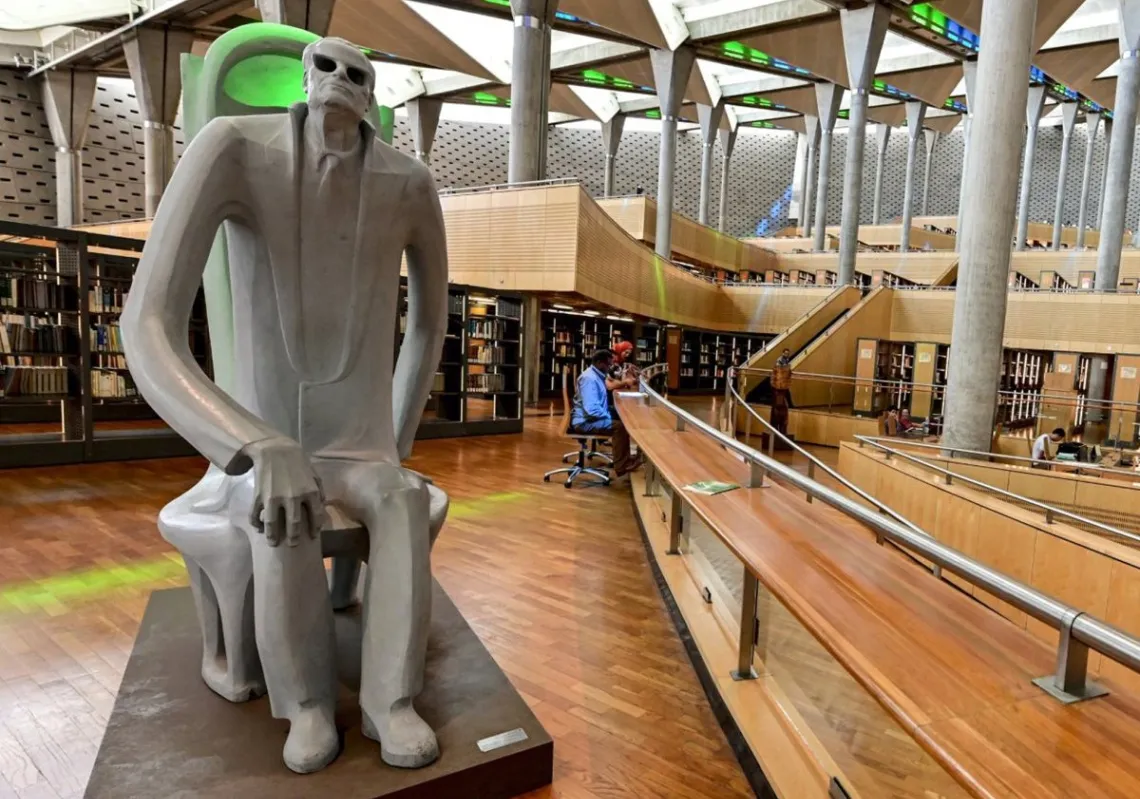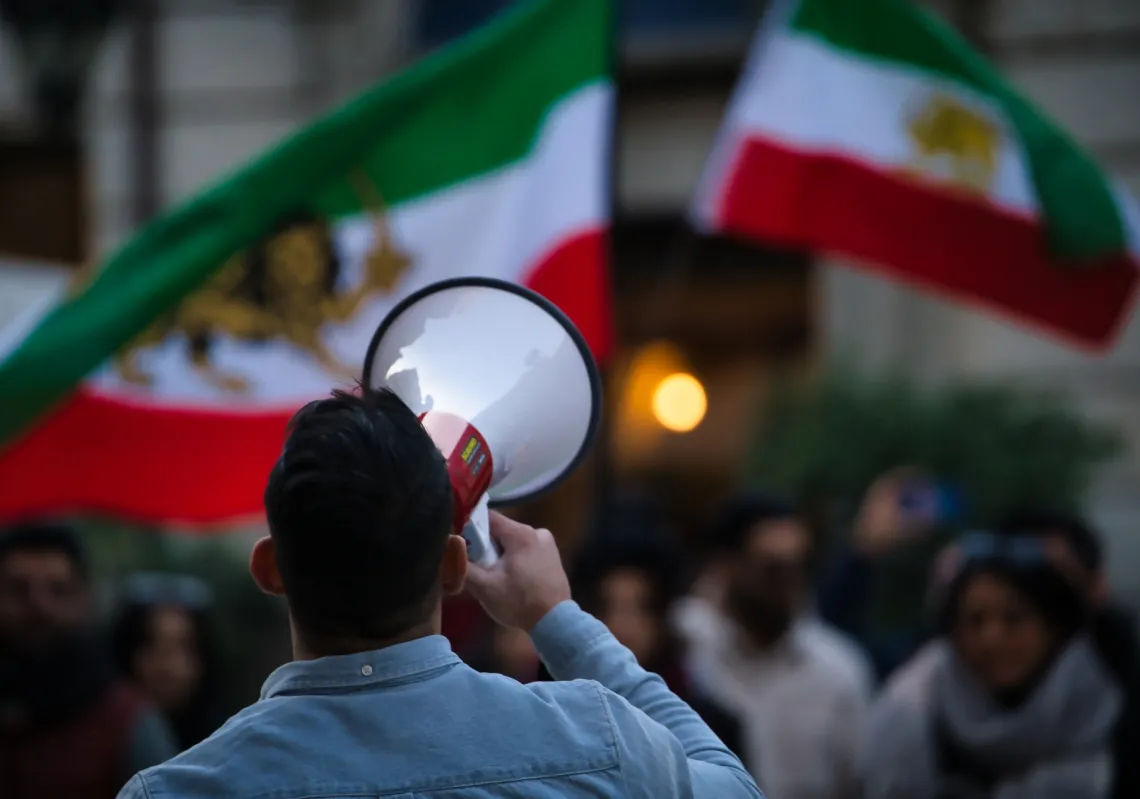The 19th century Egyptian scholar, minister, author, and historian Ali Pasha Mubarak was renowned for a reason: he helped establish the country’s modern education system; founded its national library and archives; supervised the construction of buildings, bridges, and dams; created the outlines for the modern city of Cairo; and wrote the voluminous Al-Khitat al-Tawfiqiyya al-Jadida (Tawfiq’s New Plans, in reference to Egypt’s ruler at the time), in which he detailed the buildings, streets, and institutions of the country’s major cities.
In the seventh volume of Al-Khitat al-Tawfiqiyya, he described Alexandria and wrote about the city’s cafés and coffeehouses as he saw them when he visited. He noted that municipal cafés spread across its streets and most of its neighbourhoods, still with an old design and still offering traditional drinks. What struck him was that these cafés more closely resembled cultural and social clubs, divided into sections for entertainment and billiards, and serving varied menus that extended beyond coffee to include the likes of ice cream and sweets.
They were distinguished by the luxury of their furnishings and the availability of European and Arabic newspapers. Some even hosted artistic and musical performances. As he put it, at these cafés, “theatre was played”. Ali Mubarak listed 16 by name and location, including the most famous. Among them were the French Coffeehouse in Mohamed Ali Square, Wigo’s Café in the alley of the Attarin Mosque, the French Coffeehouse in Ibrahim Alley, the American Coffeehouse in Gebara Alley, and Pecano’s Café in the New Market Alley.
The first edition of this volume was published in 1889, when Alexandria was thriving again, having recovered from the British fleet’s devastating bombardment in 1882. It was now a prosperous hub, teeming with people of different ethnicities and languages in a diverse coexistence. Mohamed Ali Pasha, the Governor of Egypt for the Ottoman Empire, wanted to revive the city after it lost its lustre to Cairo. His reconstruction efforts drew in both Egyptians and foreigners, who brought their cultures, customs, and architectural styles. Money from the city makeover led many foreigners to migrate and settle there.
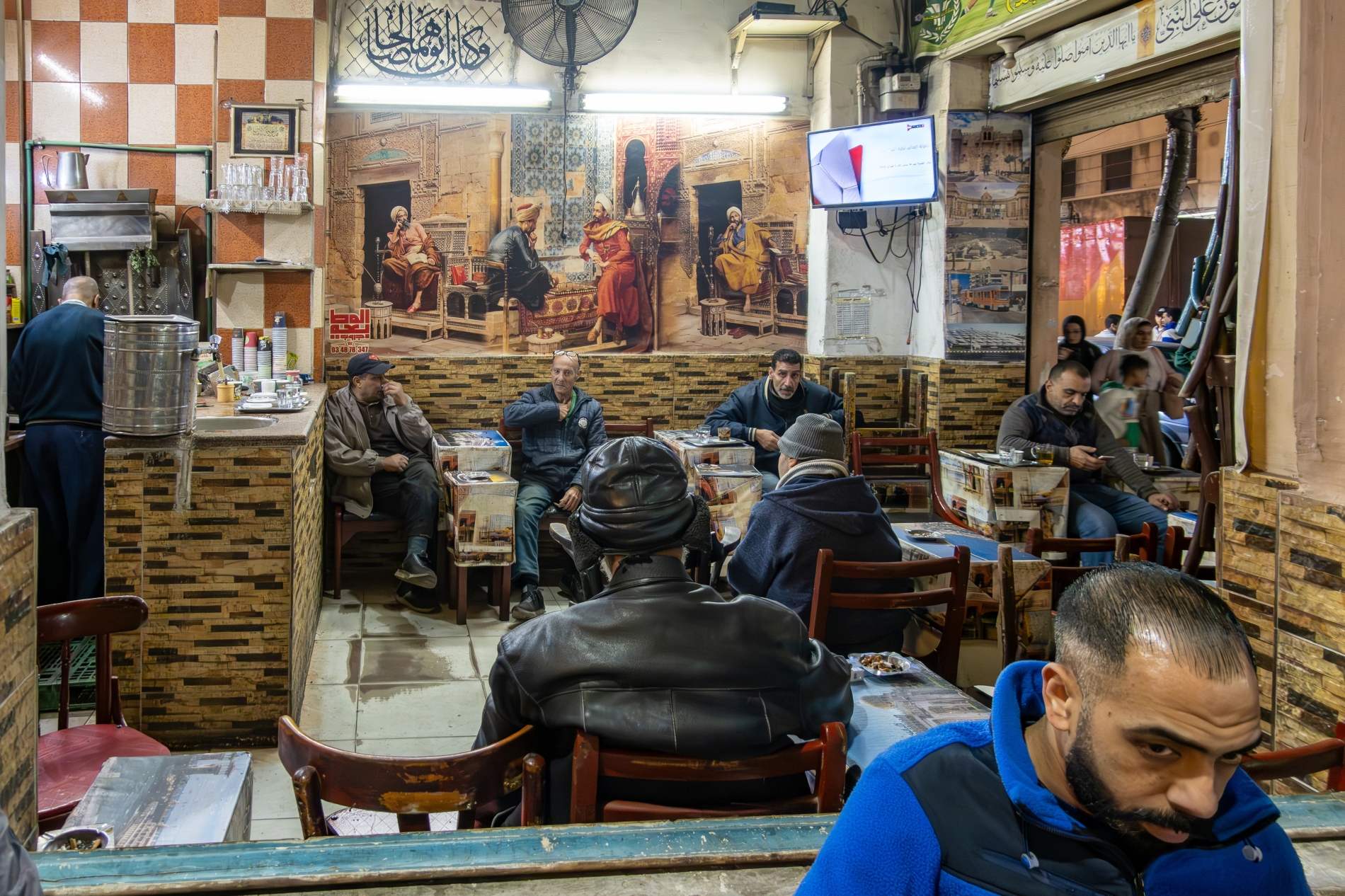
Over time, Alexandria acquired a deeply cosmopolitan character, reflected in its buildings, schools and churches—and especially in its European-style cafés, where khawagat (foreigners) mingled with Egypt’s intellectual elite. A new khawagat concept of the coffeehouse emerged, radically different from the traditional qahwa (café), and these hosted a kind of cultural cross-pollination.
The casino of the San Stefano Hotel, inaugurated by Khedive Tawfiq in 1887, was perhaps the earliest such example of a café that captured the city’s cosmopolitanism. The Greek poet Constantine Cavafy used to frequent it with his friends, and reportedly composed some of his poems there. Today, the casino and hotel are long gone, demolished in the 1990s to make way for the San Stefano Mall and a Four Seasons Hotel, yet the conversations, laughter and debates linger.
Indeed, that same spirit can be found in khawagat cafés still standing today, in places like Athineos, Trianon, and Délices, where a cup of coffee or a fine meal could have been enjoyed in Alexandria’s cosmopolitan heyday. These cafés remain in place today, bearing witness to the city’s history and to a time when the streets and alleys of Alexandria echoed with the world’s languages.
A touch of Athens
Athineos, Alexandria’s most famous Greek café, lies on the Corniche. Its story began when Konstantinos Athineos bought land from an Alexandrian Jew of Italian origin and decided to build the café that still bears his name today, transporting visitors back to an earlier, Greco-Alexandrian era. Athineos (which means ‘of Athenian origin’) opened its doors in 1900. Konstantinos managed it until his death. After, his wife, Elita, took over until her own death in 1968. She introduced dance and music. Passersby would often see and hear waltzes, tangos, and classical music played by an in-house orchestra.


